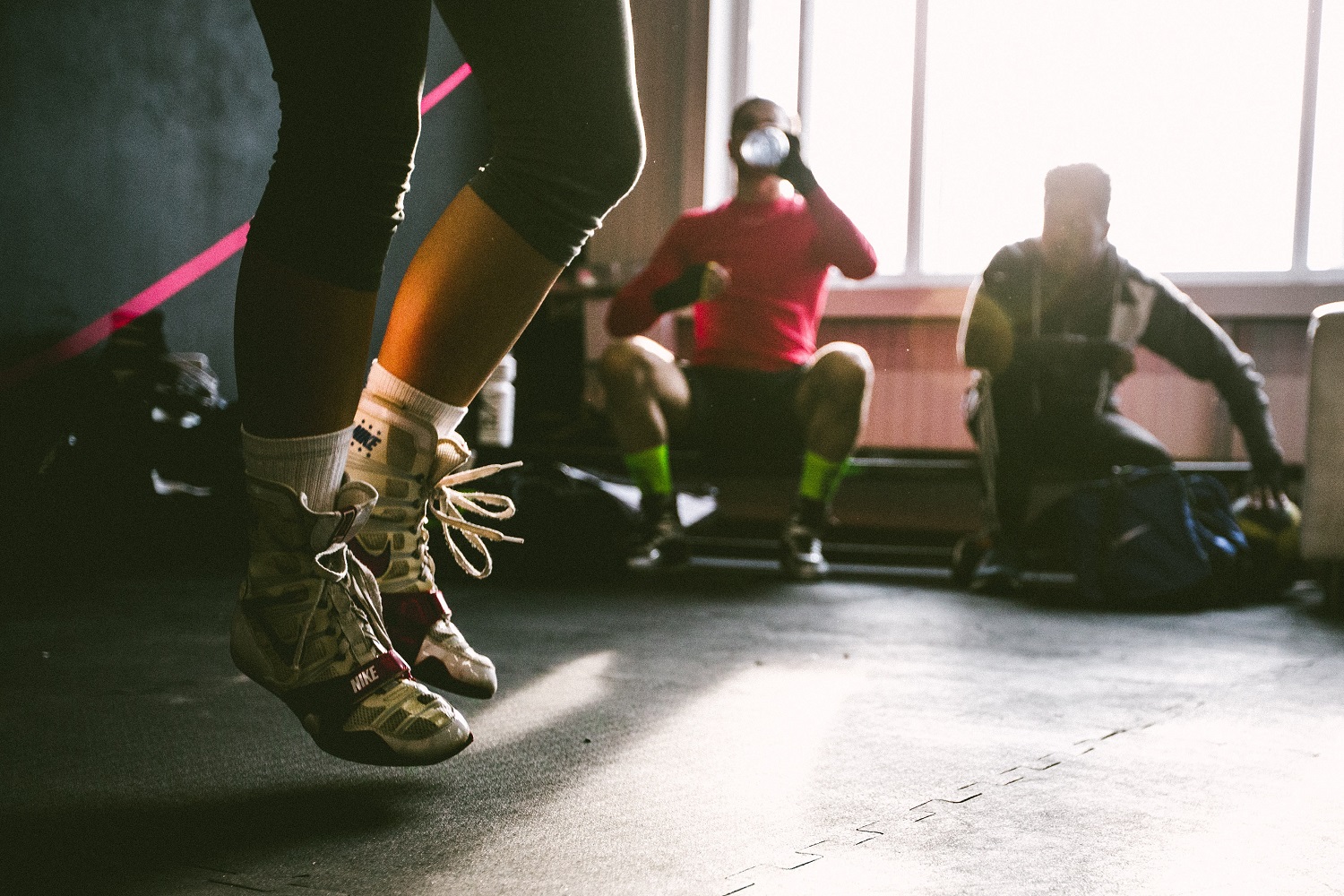
If you are an athlete, you know that injuries are a part of the game; nobody is immune to them, and they can happen anytime. When you suffer an injury, you must take the necessary steps to recover fully.
Your setback can be a long and challenging process, but with the right tools and support, you can return to your old self quickly. Physical therapy, massage therapy, and spa treatments can help speed healing.
How Physical Therapy Heals Injuries
Physical treatment is an effective way to improve your overall health and athletic performance, and it can also reduce the likelihood of future injuries and increase your strength.
Physical therapy in Randolph, for example, can help you recover from a sports injury by providing specific treatments tailored to your needs. Physiotherapy reduces pain and improves mobility in the affected area by using a combination of sports injury screening, soft tissue mobilization, exercises, stretches, and massages.
A physiotherapist will work with the athlete to create a customized treatment plan. This approach may include a variety of techniques, including massage therapy, dry needling, or taping damaged areas. Some methods are so effective that they offer immediate pain relief.
Why Massage Therapy Works, Too
Whether you are a weekend warrior or a serious athlete, massage therapy can help you recover from a sports injury. It reduces stress, improves mobility, and increases circulation. It can also improve performance, prevent overtraining, reduce injuries, and speed recovery. In addition, it can enhance your immunity and reduce your risk of future injuries.
Since massage increases circulation, which carries oxygen and nutrients to the muscles, it breaks up adhesions, which cause swelling and stiffness, reduces delayed-onset muscle soreness, and minimizes pain and inflammation. This therapy is particularly effective in treating soft tissue injuries, which include ligament sprains, tendon injuries, muscle strains, and myofascial injuries.
Massages also reduce stress, promoting relaxation. They can also help you cope with mental health issues. They are a form of physical therapy that improves flexibility, range of motion, and energy levels. They can also help you cope with back pain, sciatica, and other aches and pains.
Alternative therapies, such as Asian massage, are available at many spas. Korean massage, for example, is more specific and focuses on the individual muscles than American massage, which is more general. Through pressure and kneading, it loosens tight muscles and promotes circulation. Both therapies can increase your circulation, improve faster, and reduce your risk of future injuries.
How to Stay Positive During Your Recovery
Having a positive mindset is key to minimizing physical pain and emotional trauma. Setting goals, staying positive, and keeping your mind busy are essential during recovery, and then you can focus on your recovery.
Here are three steps to nurture an optimistic attitude:
- Avoid isolation. Stay connected with your teammates and support group.
- Set realistic goals. Whether you want to run a race or play another sport, setting goals helps keep you motivated. This process can also help you keep track of your recovery progress.
- Establish small goals. This simple strategy will make you feel like you're progressing. These can include walking around the block or doing light exercises, and these small goals will keep you focused and motivated.
How to Get Back to Your Old Self
There's no doubt that a sports injury can be frustrating. Using physiotherapy and massage treatments when you suffer a sports injury is an excellent way to deal with pain and other symptoms associated with your condition. These treatments help you heal your body by reducing pain and other symptoms and increasing blood flow.
